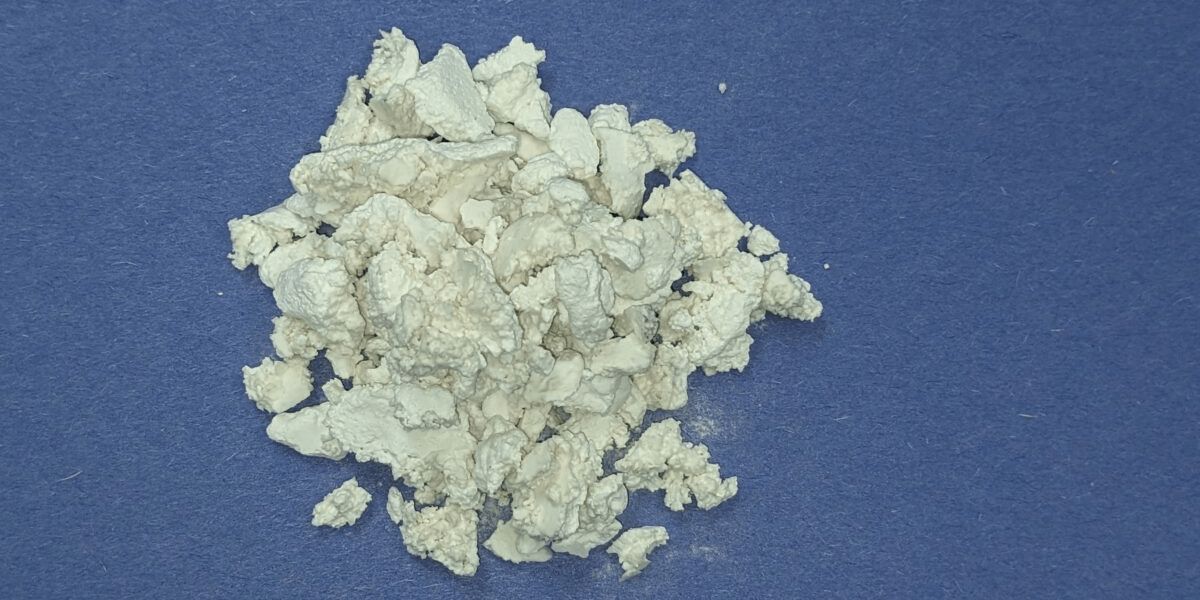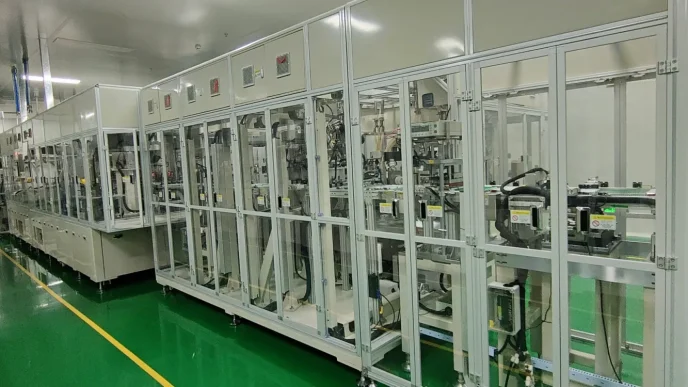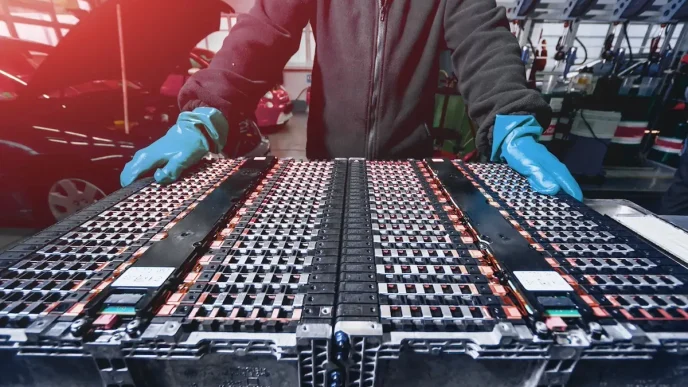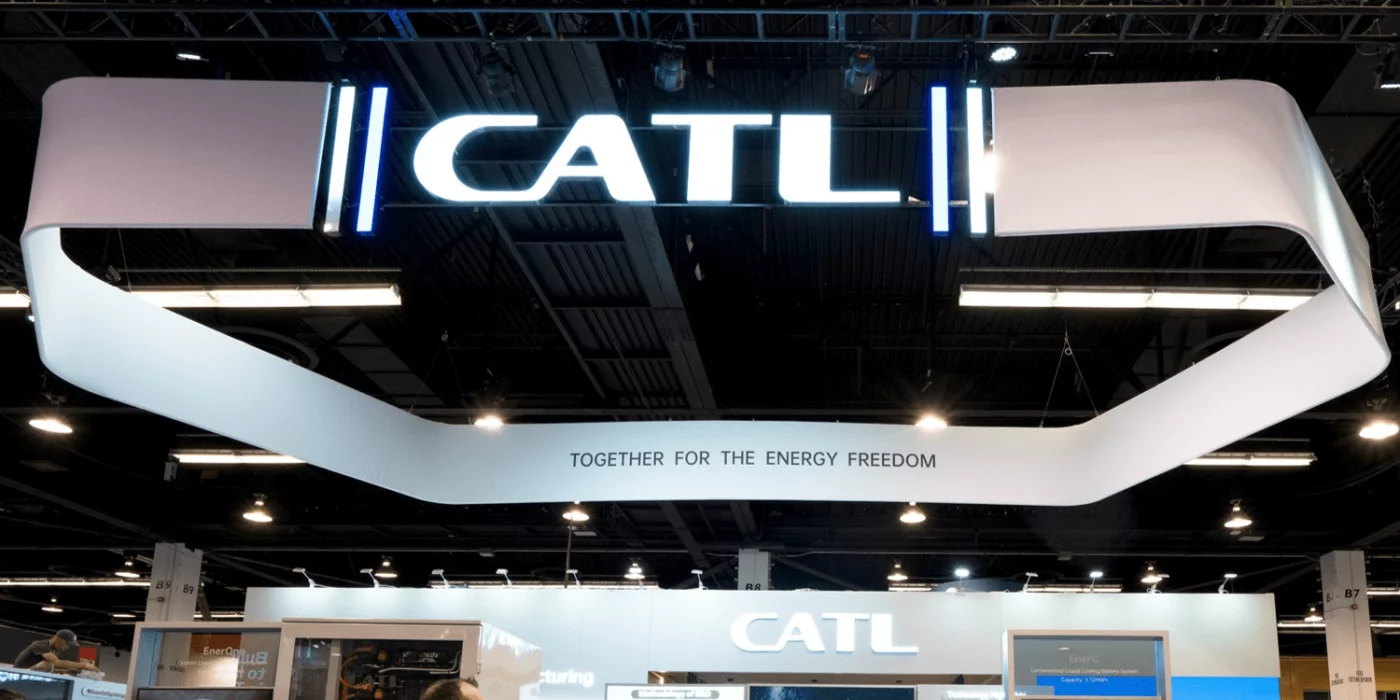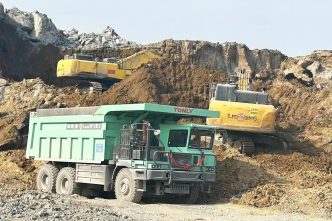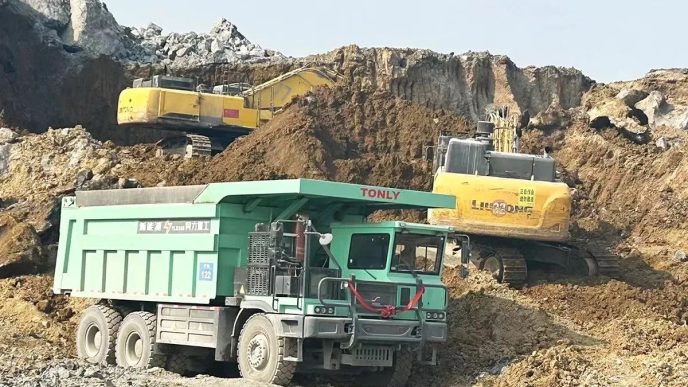A machine learning model predicts that five to 19 million tons of lithium may lie beneath southwestern Arkansas, a quantity capable of meeting projected global lithium demand for electric vehicle batteries in 2030 nine times over.
This recent development is the result of a collaborative study between the U.S. Geological Survey (USGS) and the Arkansas Department of Energy and Environment’s Office of the State Geologist.
The study focused on lithium-rich brines in the Smackover Formation, a geologic unit known for its oil and bromine deposits, which stretches across Arkansas, Louisiana, Texas, Alabama, Mississippi, and Florida.
The Smackover Formation’s porous limestone structure has attracted interest for its potential lithium resources, positioning the area as an ideal site for lithium exploration.
Researchers used water testing and machine learning to estimate total lithium quantities within the Smackover Formation in southern Arkansas.
Data collected from recent samples in Arkansas, along with historical data from the USGS Produced Waters Database, were analyzed using a predictive model, estimating that the region may hold five to 19 million tons of lithium.
However, lead researcher Katherine Knierim cautioned that the estimates are based on lithium present in brines, not the quantity that could be technically recoverable with current extraction technologies.
With lithium essential for battery production and a key component in the energy transition, U.S. officials are hopeful that new domestic sources could reduce reliance on imports. David Applegate, USGS Director, noted, “Lithium is a critical mineral for the energy transition, and the potential for increased U.S. production has implications for employment, manufacturing, and supply-chain resilience. This study illustrates the value of science in addressing economically important issues.”
Source: usgs.gov

